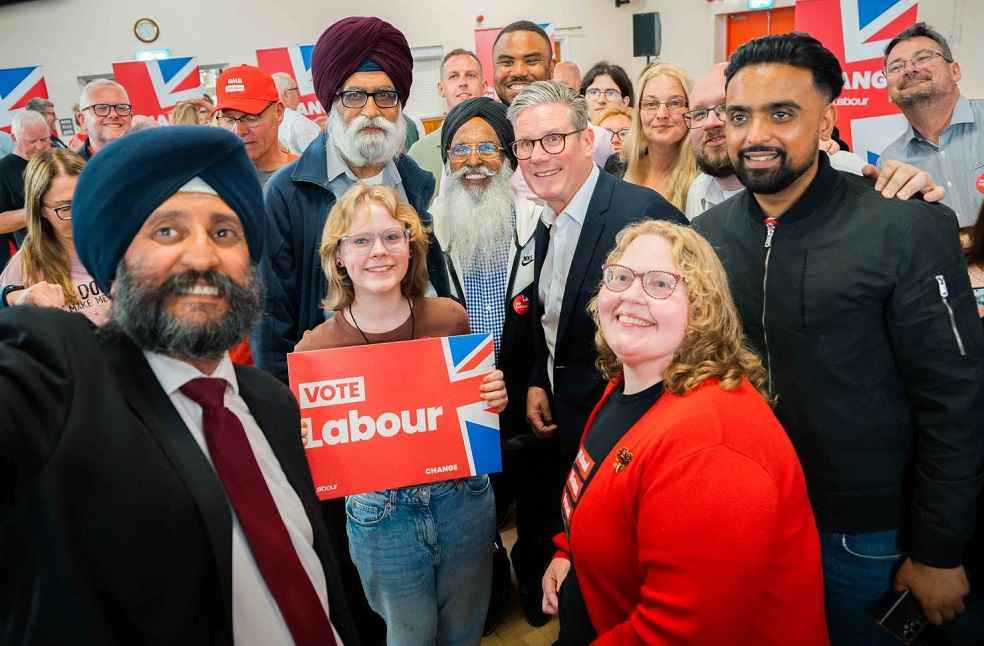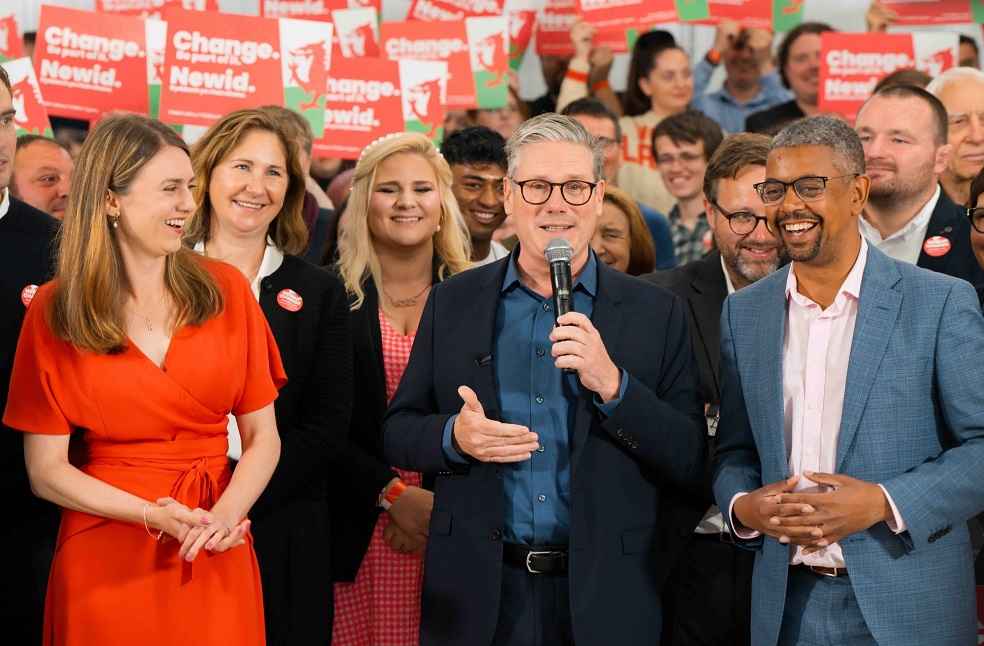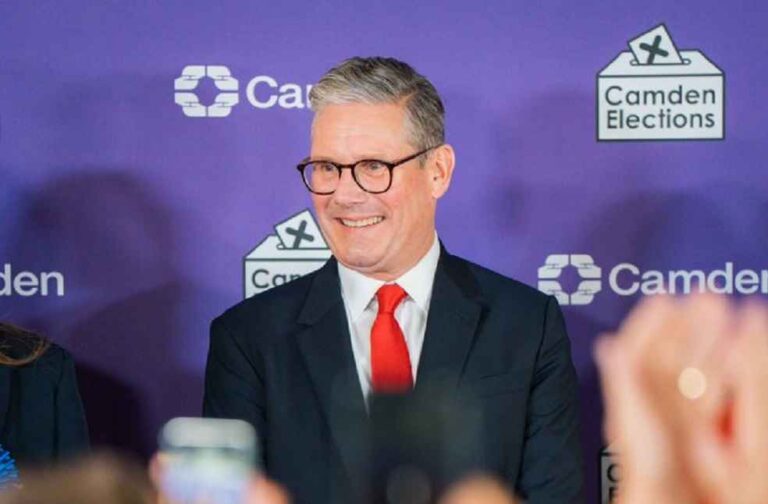London: The Conservative Party’s downfall, following a decade of dominance, has opened the political arena to significant uncertainty. In the 2010 general election, the Conservatives, led by David Cameron, formed a coalition government with the Liberal Democrats after winning 306 seats, falling short of the 325 needed for a majority. This coalition marginalized the Labour Party, which secured 258 seats, while the Liberal Democrats garnered 57.
The alliance led to a series of Conservative victories in subsequent elections, climaxing in the 2019 general election when the Conservative Party, propelled by the Brexit momentum, secured 344 seats. Despite this stronghold, political instability and dwindling public support have marred the post-Brexit era.
Following the Brexit referendum, David Cameron resigned, triggering a chain of leadership changes. Theresa May, Boris Johnson, Liz Truss, and Rishi Sunak each faced unique crises, leading to unprecedented political turbulence. The rapid succession of five Prime Ministers in six years epitomizes the party’s internal chaos and the nation’s dissatisfaction.

Major reason for Conservative downfall:
- Brexit Divisions: Infighting over Brexit strategy and failure to deliver a clear exit plan.
- Economic Mismanagement: Rising cost of living, inflation, and austerity measures.
- Party Leadership Issues: Frequent changes in leadership with five Prime Ministers in six years.
- Public Services Crisis: NHS deterioration with 7.5 million people waiting for treatments.
- Political Scandals: Allegations of corruption, sleaze, and misconduct.
- Immigration: Record high rates despite promises to control it.
- Environmental Policy: Inadequate action on climate change and energy security.
- Party Fragmentation: Internal divisions, defections, and loss of public trust.
- Electoral Setbacks: Losing key by-elections and council elections.
- Election Campaign: Weak campaign efforts and internal conflicts.
- MP Resignations: 75 sitting MPs not contesting upcoming elections.
- Public Discontent: Dissatisfaction with government’s economic policies.
- Impact of External Crises: Economic strains from the Russia-Ukraine conflict.

Economic challenges have further eroded Conservative support. Despite being the world’s fourth-largest economy, the UK has struggled with high living costs. Inflation, although reduced from a peak of 11.1% in 2022 to 2%, remains a pressing issue. Food price inflation persists at 20%, driving an increased dependence on food banks. The Russia-Ukraine conflict has aggravated the situation, doubling electricity and gas bills.
The National Health Service (NHS) has also suffered, with public trust plummeting due to long treatment waiting lists, now affecting approximately 7.5 million people, a significant rise since 2010. The Conservative government’s pledges, particularly those by Rishi Sunak, to curb immigration have fallen short, with 2023 witnessing record-high immigration rates. This surge has bolstered nationalist factions such as the Reform UK Party.
Sunak’s controversial plan to deport illegal immigrants to Rwanda has faced severe backlash and legal impediments, stalling its execution. The Conservative Party’s waning electoral campaigns, coupled with 75 MPs opting not to seek re-election, underscore their precarious position. The dismissal of candidate Greg Williams over electoral date disputes has further tainted the party’s image.

As the Conservatives grapple with declining support, the Labour Party aims to capitalize on the crisis and restore public confidence. The path to recovery remains fraught with challenges, and the nation’s political future is anything but certain.
MOST READ | UN survey reveals 80% demand stronger climate action



